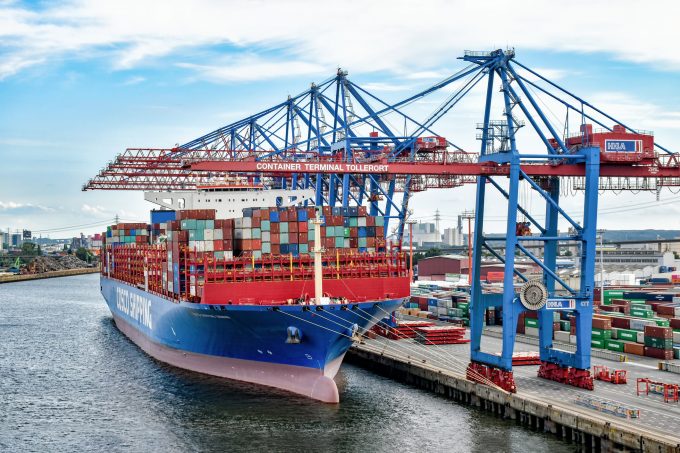CMA CGM South Korean staff strike over bonuses after bumper 2024 profit
CMA CGM’s employees in its South Korea office have gone on strike for increments and ...

Ocean carriers are planning a wave of sizeable FAK rate hikes across the major east-west tradelanes next month, in an attempt to swivel voyage results back into the black.
And, with the 2024 budget season looming, the shipping lines will want to ...
MSC switches two more Asia-Europe port calls from congested Antwerp
Canada and Mexico get cosy with trade plan to bypass US
Front-loading frenzy has made traditional H2 peak season 'unlikely'
Tradelanes: Export boom in Indian sub-continent triggers rise in airfreight rates
Carriers introduce surcharges as congestion builds at African ports
Mexican airport modernisation plan unlikely to boost cargo facilities
Tradelanes: Overcapacity on Asia-S America impacting alliances and rates
Ports and supply chain operators weigh in on funding for CPB

Comment on this article
Fred Stiening
October 23, 2023 at 10:18 amWhat is a FAK rate?
Alex Lennane
October 23, 2023 at 10:22 amFreight All Kinds – A FAK rate is negotiated between the client and the freight carrier. It’s essentially an agreement that the carrier will transport multiple products with different classes at a single freight rate.
Mike Wackett
October 23, 2023 at 10:29 amYes, there are so many acronyms in shipping! We should explain and not assume that everybody knows, or can remember the meaning!